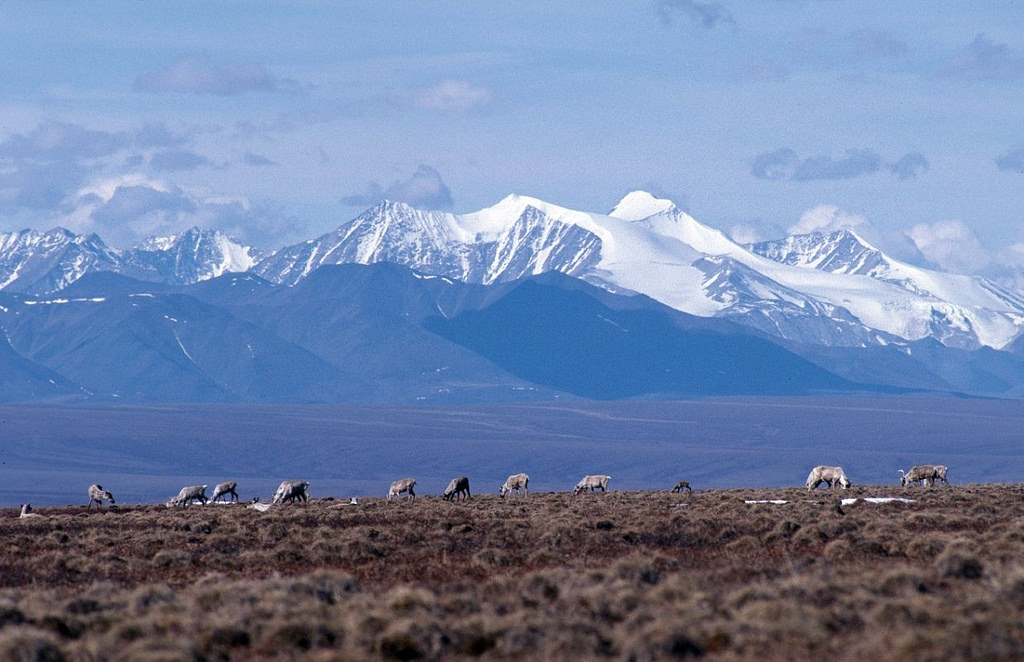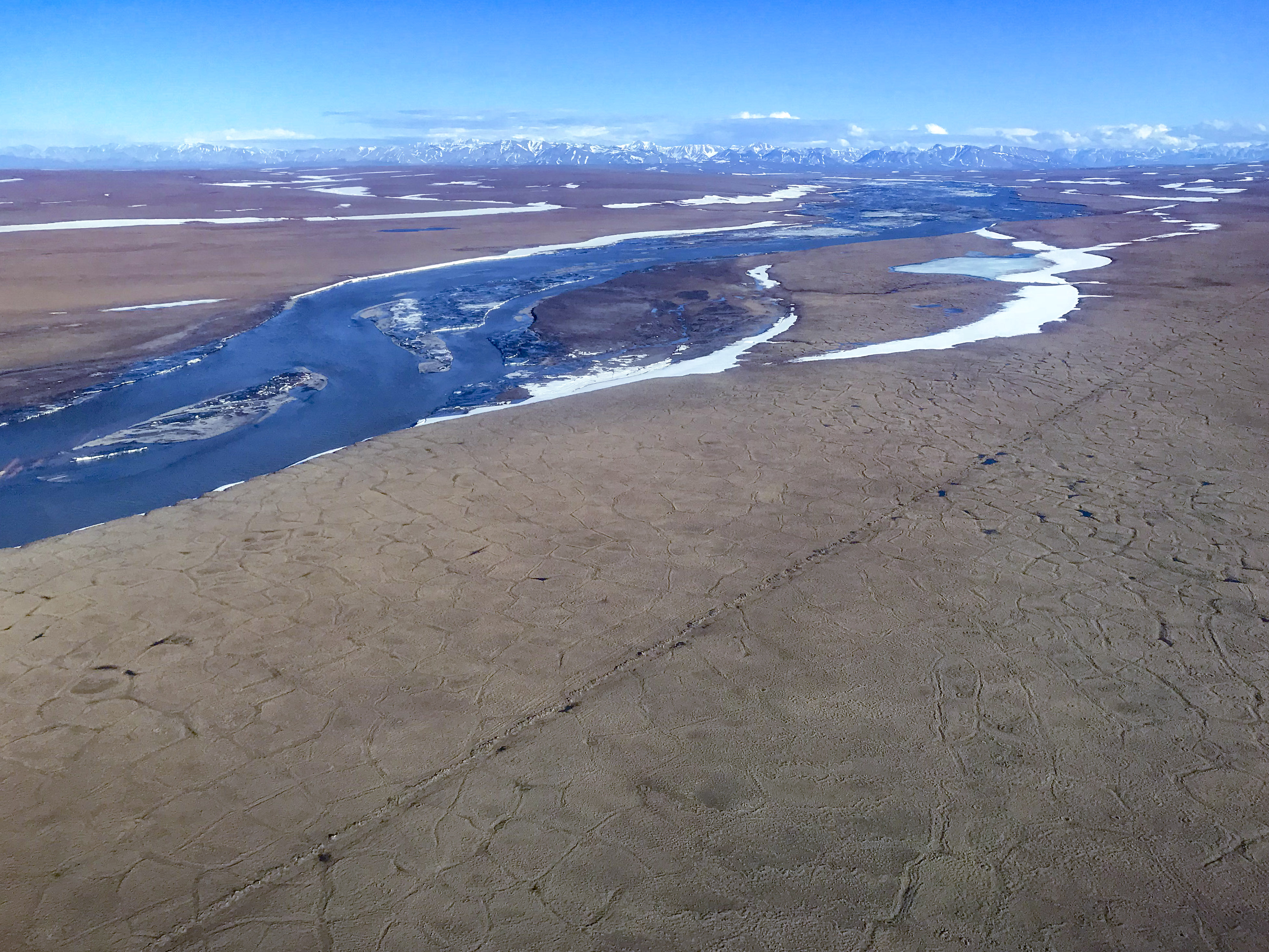In a rush to launch Arctic Refuge drilling, Trump officials are ignoring concerns about seismic testing
OPINION: The Trump administration is to eager to drill in the Arctic National Wildlife Refuge that it's agency's are ignoring basic environmental concerns, such as the impacts of seismic testing. That's a mistake.

In testimony last fall, Alaska Sen. Lisa Murkowski promised that there would be no cutting corners on oil development in the Arctic National Wildlife Refuge.
“If we move forward with development, we will do it right. We will take care of our wildlife, our lands and our people,” she said during a hearing of the Energy and Natural Resources Committee.
“Alaskans will do this the right way. We will protect our environment while providing substantial economic benefits all across America,” she said.
So far, the Trump administration is not following that advice, making multiple mistakes as it tries to sign off on large-scale seismic exploration this winter with little advance planning or research, hoping that no one is paying attention.
For starters, the Bureau of Land Management has not identified what law gives it the authority to allow seismic exploration in the refuge this winter.
Secondly, BLM has given conflicting statements about what is clearly an incomplete and disorganized process, creating prime conditions for a court challenge and delay.
Before a lease sale takes place next year, oil development proponents would love to see a major three-dimensional seismic survey, the most important tool for modern oil exploration in Alaska.
A private company, SAExploration, has applied to do the seismic exploration starting in December with 45-ton trucks that would pound the ground to create vibrations.
Precise measurements of the shock waves and how they bounce off underground rock formations would provide essential information about where oil deposits are likely.
Without providing analysis, the BLM announced in July that the seismic exploration plan would not have a significant impact on ANWR and there was no need for an Environmental Impact Statement.
This announcement was driven not by a study of impacts, but by a political desire to dispense with anything that slows down the process. This is short-sighted.
The seven-page plan by BLM, which could have been written in a couple of hours, leaves much to the imagination.
It is a high-handed approach that contradicts the earlier comments of the U.S. Fish and Wildlife Service, which said the application for seismic exploration provided “no documentation of environmental effects, whether positive or adverse.”
Doing it “right,” as Murkowski promised, means that the Interior Department cannot act as if the only thing that matters is getting the seismic work done before the political winds in Washington, D. C. change direction.
Matthew Nolan, who has long conducted field research in ANWR, said he is not opposed to seismic exploration, but “this particular proposal should be rejected outright due to its lack of rigor and its lack of attention to necessary detail.”
Nolan recently collected data near ANWR at Point Thompson, where SAExploration conducted seismic exploration last winter.
He said nearly all of the seismic lines “left visible ruts in the tundra from their tracked tires and sleds more than 3 months after they were created—by anyone’s definition, these ruts being 100 percent visible months after work was completed is ‘significant.’”
He said the ruts were so clear he could navigate his plane by them flying at more than 100 mph.

Another way in which a hurried timeline prevents a careful approach is that the seismic work requires significant snowcover in the refuge to prevent tundra damage.
A new report by the University of Alaska Fairbanks found that although 2017-2018 was a record snow year, some areas targeted for seismic exploration had almost no snow cover in April. The likelihood of inconsistent snowcover or bare tundra, especially early in the winter, needs to be addressed by the BLM in advance.
In comments to the BLM, environmental groups said that existing law requires the agency to prepare a detailed environmental impact statement for any major federal action that may have a substantial impact on the human environment.
Skip Walker, a professor and Arctic vegetation scientist at the University of Alaska Fairbanks Institute of Arctic Biology, put it best when he said the claim of “no significant impact” is contrary to all the evidence and that BLM would be negligent to refuse to conduct a full environmental study.
Columnist Dermot Cole can be reached at de*********@gm***.com.
The views expressed here are the writer’s and are not necessarily endorsed by ArcticToday, which welcomes a broad range of viewpoints. To submit a piece for consideration, email commentary (at) arctictoday.com.